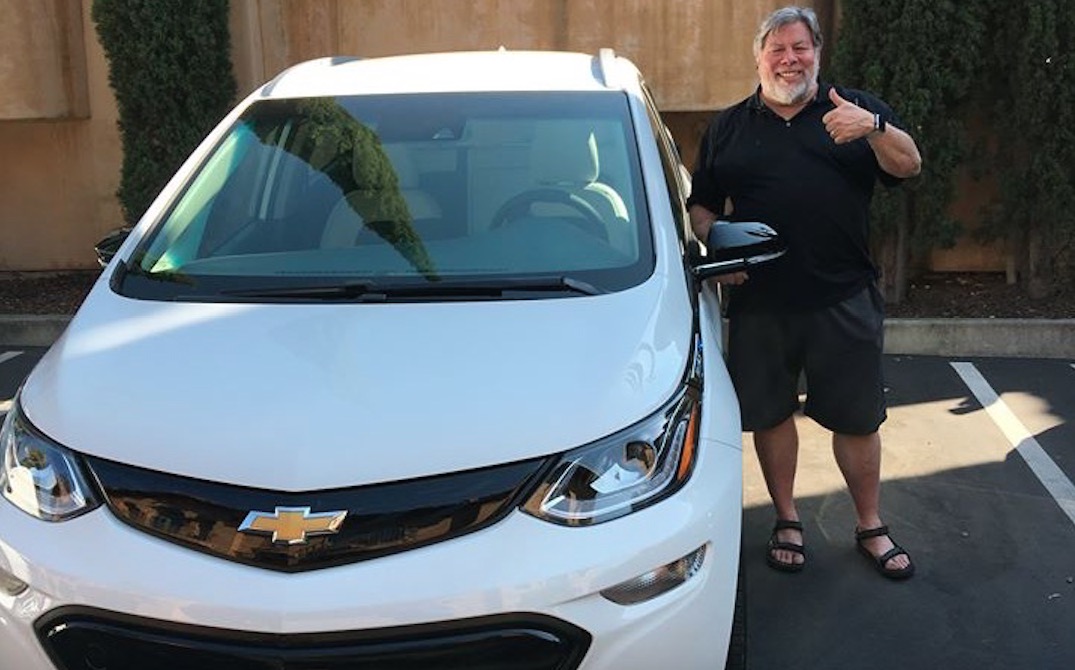GM is in a fix because of California. The California Air Resources Board requires that car makers sell a set percentage of zero emission vehicles (ZEVs) if they want to sell their other products in the state, and this will force GM to push for more sales in the EV segment. As a result, with a price tag of $37,500 without incentives, GM will not be making any money on the Chevy Bolt 2017. In fact, it is estimated that GM will actually lose $9,000 per Bolt sold in California.
So why are they bothering to sell their cars in the Golden State in the first place? The truth is, they can still make money overall even if they’re losing on the EV front.
Here’s how it works…
As a hypothetical example, if GM makes an average of $5,000 on each non-electric car that it sells in the State of California, at an estimated 200,000 vehicles they’ll make about $1,000,000,000 – a billion dollars. But the problem now is that they need to sell at least 3% of that volume in ZEVs. 3% of 200k cars is 6,000 EVs. Now, if they’re losing $9,000 per EV, that’s a total loss of $54,000,000 or $54 million. That’s bad, but when you consider a loss of $54 million against a gain of $1 billion, your net gain is $946 million.
At these levels, it’s worth selling 6,000 Bolts (or Volts) at a loss if they’re making money on the entire state as a whole. But what happens in 2018 when the minimum requirement goes up to 4.5%, or 2025 when it shoots up to 22%? In such a scenario, they’ll have to sell a lot more EVs to avoid punitive action.
Of course, these are all hypothetical numbers, and they don’t reflect the actuals. For example, based on the range, starting in 2018, pure EVs will get anywhere between 1 and 4 credits per vehicle sold. Hybrid EVs will be eligible for between 0.3 and 1.3 credits. There are also other factors impacting this formula, such as the actual loss/profit on each car sold in the EV and ICE categories, varying credits for different categories of EVs, travel and pooling provisions and so on.
As such, the hypothetical situation above is intended to drive home the point that there is mounting pressure on auto makers to start complying with emission regulations. Most car makers are safe for now. In fact, major auto makers have purchased enough credits from Tesla to cover them until 2021, according to the Union of Concerned Scientists.
“As of October 2015, manufacturers had banked over 240,000 BEV/FCEV credits and 94,000 PHEV credits, enough to comply through 2021, even if ZEV sales remained at the relatively low current rate of 3 percent. Assuming the same rate of credit accumulation, there will be over 300,000 BEV/FCEV and about 175,000 PHEV credits in manufacturers’ credit banks at the start of the 2018 ZEV regulation. At current credit values and CARB assumptions, this represents credits equivalent to the sale of over 450,000 ZEVs.”
Even if you tweak the numbers to more accurately represent the current situation, one thing is clear: there is a tremendous amount of pressure on car makers to do a balancing act between promoting their traditional models versus pushing their EV models.
And this is exactly what Gov. Jerry Brown wants, after all. Gov. Brown wants 40% of all vehicles sold in the state to be ZEVs by the year 2030. If that goal is to be achieved, conventional ICE carmakers – which is basically everyone except Tesla and a handful of pure-EV makers – are definitely going to be adversely affected.
At this point, they have a decision to make. Either they bring their battery costs down rapidly so they make some money down the road, or they continue to work with tighter and tighter margins until they can no longer sustain sales in California, and eventually in other states as well.
That’s just one of a growing number of states that are tightening up their emission laws. And let’s not forget Europe. Companies like Ford are only just starting to make a profit in that market. If they can’t match pace with regulatory changes, they and their entire fraternity of ICE manufacturers are looking at a very bleak future indeed.
Thanks for reading our work! Please bookmark 1redDrop.com to keep tabs on the hottest, most happening tech and business news from around the world. On Apple News, please favorite the 1redDrop channel to get us in your news feed.



